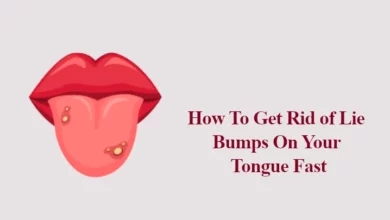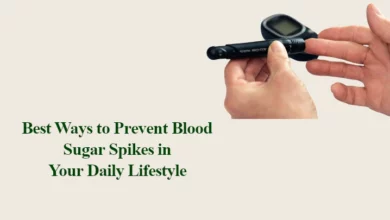Liposuction Surgery Vs. Non Surgical Fat Reduction: Which is Right for You?

For many people, achieving the body they desire can be challenging. While exercise and diet are often the go-to solutions, more is needed. This is where cosmetic procedures come in, offering a range of options for individuals to achieve their desired body shape.
Two popular options are liposuction surgery and non-surgical fat reduction. While both effectively reduce unwanted fat, they differ significantly in the procedure, recovery time, and results. In this article, we will discover the differences between the two to help you decide which option is suitable.
Liposuction Surgery: An Overview
Liposuction surgery is a cosmetic procedure that involves the removal of unwanted fat through a small, hollow tube called a cannula. The cannula is inserted into the targeted area through a small incision, and then the surgeon uses a suction device to extract the fat cells.
Pros of Liposuction Surgery
- Highly effective in removing large amounts of fat that the liposuction diet did not remove.
- Results are permanent.
- It can treat multiple areas at once.
Cons of Liposuction Surgery
- Requires general anesthesia and an invasive procedure.
- Recovery time is typically longer than non-surgical options.
- Risks such as infection and bleeding due to surgery.
Non-Surgical Fat Reduction: An Overview
Non-surgical fat reduction is a procedure that uses various technologies to target and destroy fat cells without surgery. These technologies include ultrasound, radiofrequency, and cold temperatures.
The treatment is typically performed in-office and requires little to no downtime, making it an attractive option for those with busy lifestyles.
Pros of Non-Surgical Fat Reduction
- Non-invasive with little to no downtime
- Generally, a more affordable option than liposuction surgery
- Low risk of complications
Cons of Non-Surgical Fat Reduction
- Results may not be as dramatic as liposuction surgery.
- Multiple treatments may be needed for desired results.
- Not suitable for large amounts of fat removal
Search for liposuction treatment near me to connect with “The New You” cosmetic surgery clinic and get the best treatment for your body type.
Choosing the Right Procedure for You
When considering which option is right for you, there are various considerations. These include the amount of fat you want to remove, the area of the body you want to treat, your overall health, and your budget. Here are a few factors to remember when making your decision.
1. Amount of Fat
Liposuction surgery may be the better option for you if you have a significant amount of fat that you want to remove. While non-surgical fat reduction can be effective, it is typically better suited for smaller amounts of fat removal. The liposuction cost depends on the quantity of fat to be removed.
2. Area of the Body
Certain body areas may respond better to one procedure over the other. For example, liposuction surgery may be more effective in treating the abdomen and thighs. At the same time, non-surgical fat reduction may be better suited for smaller areas, such as the chin or arms.
3. Overall Health
It is essential to consider your overall health before undergoing any cosmetic procedure. For example, liposuction surgery is an invasive procedure that requires general anesthesia, so it may not be suitable for individuals with certain health conditions.
Non-surgical fat reduction is generally a safer option, but discussing any underlying health issues with your doctor before proceeding is essential.
4. Budget
Cost is always a concern when it comes to cosmetic procedures. For example, liposuction surgery cost typically more expensive than non-surgical fat reduction, so weighing the benefits of each procedure against the cost is important.
Summing Up
In conclusion, liposuction and non-surgical fat reduction are two effective options for reducing unwanted fat and achieving your desired body shape.
When considering which procedure is right for you, it is important to consider the amount of fat you want to remove, the area of the body you want to treat, your overall health, and your budget.
Please consult our qualified and experienced cosmetic surgeon to discuss your options and determine the best procedure for you. Remember that maintaining a healthy lifestyle is essential for long-term results, regardless of your chosen method.





